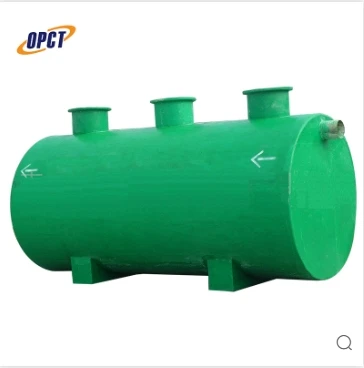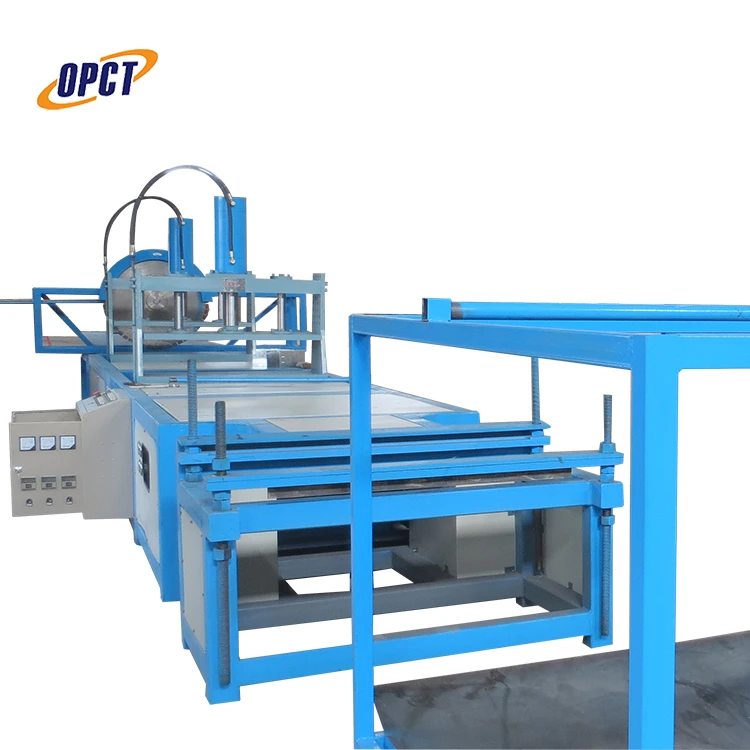Fiberglass septic tanks have become an increasingly popular choice for homeowners and developers seeking reliable and durable waste management solutions. The choice of tank size is a critical decision, influencing both the efficiency of the system and the environmental protection it provides. For anyone navigating the myriad of options available, understanding the intricacies of fiberglass septic tank sizes can provide significant advantages.

First and foremost, fiberglass as a material offers several benefits over traditional options like concrete or plastic. It is highly resistant to corrosion, chemical damage, and biological reactions, ensuring that the tank will not degrade over time due to sewage contents or soil conditions. These attributes contribute to the longevity and maintenance efficiency of fiberglass tanks, which can often exceed expectations when appropriately sized and installed.
When selecting the size of a fiberglass septic tank, the decision should be anchored in the household or facility’s daily water usage and waste production. A standard calculation assumes an average of 75 to 100 gallons per person per day in a typical residential setting. Therefore, for a household of four, a septic tank that can handle approximately 300 to 400 gallons per day would be suited, leading to a requirement for a tank with a capacity of at least 1,000 gallons to accommodate both daily use and the necessary digestion time for solids.

Apart from residential applications, commercial or industrial facilities demand larger tanks due to increased water usage and waste production. Fiberglass tanks offer a range of sizes, often from 500 gallons to over 10,000 gallons, making them adaptable to almost all requirements. The choice should be aligned with peak usage periods and anticipate company growth or changes in water consumption patterns.
Fiberglass tanks can be customized to fit unique installation sites, especially where space constraints or environmental factors come into play. For instance, particular areas may require tanks that are longer and narrower to fit within limited land plots, or deeper tanks to accommodate soil structure and groundwater levels. The flexibility of fiberglass in both fabrication and installation provides these custom solutions without sacrificing durability or performance.
fiberglass septic tank sizes
Credibility in purchasing the right tank size also involves assessing certifications and quality assurances that come with the product. Many reputable manufacturers provide tanks tested to national and international standards, such as the NSF/ANSI Standard 40 for residential wastewater treatment systems. Choosing a certified product ensures accountability regarding tank capacity, strength, and durability.
Furthermore, expert design and installation are paramount. Consulting with a qualified engineer or a wastewater treatment specialist can yield insights into the hydraulic load, potential expansion, and maintenance strategies. These professionals can provide precise calculations and install methodologies to ensure the tank functions optimally for decades to come.
Installation conditions also play a significant role in determining the appropriate tank size. Considerations such as soil type, groundwater levels, and the topographical layout of the land affect septic tank performance. Fiberglass tanks are especially beneficial in areas with high water tables or poor soil conditions due to their lighter weight, which facilitates easier handling and installation, reducing potential complications.
In addressing environmental impact, the right tank size can significantly diminish the risk of leaks or overflows, protecting local ecosystems and water sources from contamination. A sufficiently sized and properly maintained tank will effectively separate solids and allow for secure digestion and drainage, adhering to environmental regulations and sustainable practices.
Ultimately, the decision to select a specific fiberglass septic tank size marries the needs of capacity, environmental responsibility, and infrastructure nuances with the foresight of potential future scenarios. By considering these factors and consulting with industry experts, stakeholders can ensure an efficient, reliable, and long-lasting waste management system. This strategic approach not only safeguards property investments but also aligns with broader environmental stewardship goals.




